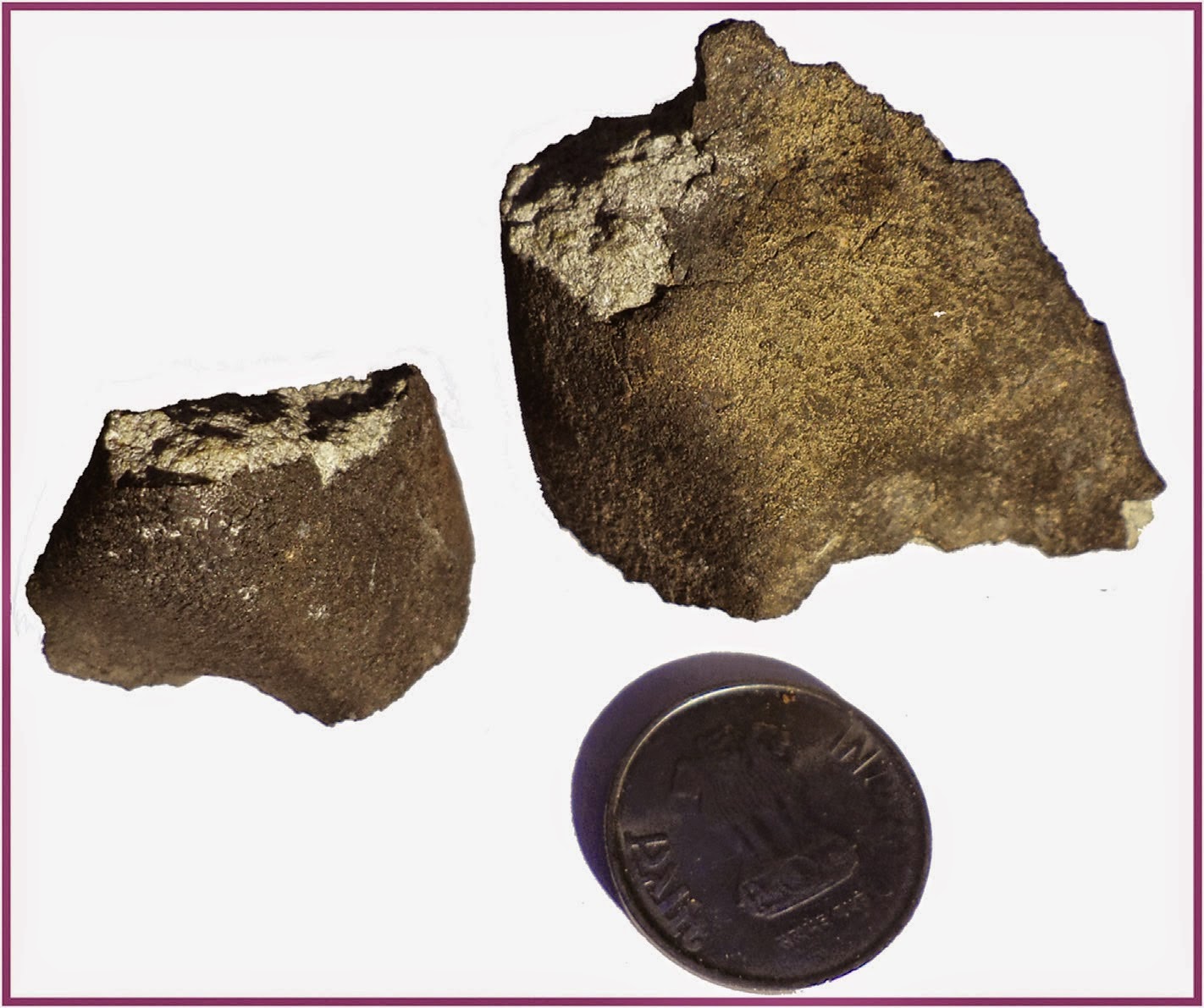The Irish Astronomical Association has reported a fireball over County Antrim in Northern Ireland at about 5.30 pm GMT on Tuesday 18 November 2014. The meteor was reportedly brighter than the Moon, and was spotted by a member of the society employed at the Met Office at Aldergrove in County Antrim. Several people also reported seeing the object to the BBC, and David Moore of Astronomy Ireland has suggested that if reports of the brightness of the object are true, then it is likely that fragments of the object may have reached the Earth's surface.
A fireball is defined as a meteor (shooting star) brighter than the
planet Venus. These are typically caused by pieces of rock burning up in
the atmosphere, but can be the result of man-made space-junk burning up
on re-entry.
Objects of this size probably enter the Earth's atmosphere several times a year, though unless they do so over populated areas they are unlikely to be noticed. They are officially described as fireballs if they produce a light brighter than the planet Venus. It is possible, though unlikely, that this object will have produced meteorites that reached the surface (an object visible in the sky is a meteor, a rock that falls from the sky and can be physically held and examined is a meteorite), though most meteorites come from larger objects that penetrate further into the atmosphere before exploding, and therefore have a better chance of producing fragments that reach the surface.
Witness reports can help astronomers to understand these events. If you witnessed this fireball you can report it to the Astronomy Ireland here.
See also...
In 1984 palaeontologists David Raup and Jack Sepkowski of the Department of Geophysical Sciences at the University of Chicago...
 The nature of the Nathdwara Meteorite. On 25 December 2012 at about 6.20 pm local time a single meteorite fell
in a field near the town of Nathdwara in southern Rajastan. The
meteorite was an oblong shape, 12 cm along its longest axis, and weighed
about 1.5 kg. It was covered by a dark fusion crust, formed by melting
of its outer surfaces by friction as it passed through the atmosphere,
and when broken apart by local villagers the interior was found to be a
grey rocky material.
The nature of the Nathdwara Meteorite. On 25 December 2012 at about 6.20 pm local time a single meteorite fell
in a field near the town of Nathdwara in southern Rajastan. The
meteorite was an oblong shape, 12 cm along its longest axis, and weighed
about 1.5 kg. It was covered by a dark fusion crust, formed by melting
of its outer surfaces by friction as it passed through the atmosphere,
and when broken apart by local villagers the interior was found to be a
grey rocky material. Fireball over southern Ontario. Witnesses reported seeing a fireball over southern Ontario slightly
after 4.15 pm local time on Sunday 4 May 2014. The incident was also
captures on a number of cameras, and Peter Brown of the Meteor Physics Group at Western University has suggested that it was probably caused by a 50-100 cm asteroid
exploding in the upper atmosphere due to friction. Such an object would
cause an explosion equivalent to...
Fireball over southern Ontario. Witnesses reported seeing a fireball over southern Ontario slightly
after 4.15 pm local time on Sunday 4 May 2014. The incident was also
captures on a number of cameras, and Peter Brown of the Meteor Physics Group at Western University has suggested that it was probably caused by a 50-100 cm asteroid
exploding in the upper atmosphere due to friction. Such an object would
cause an explosion equivalent to...
Follow Sciency Thoughts on Facebook.


